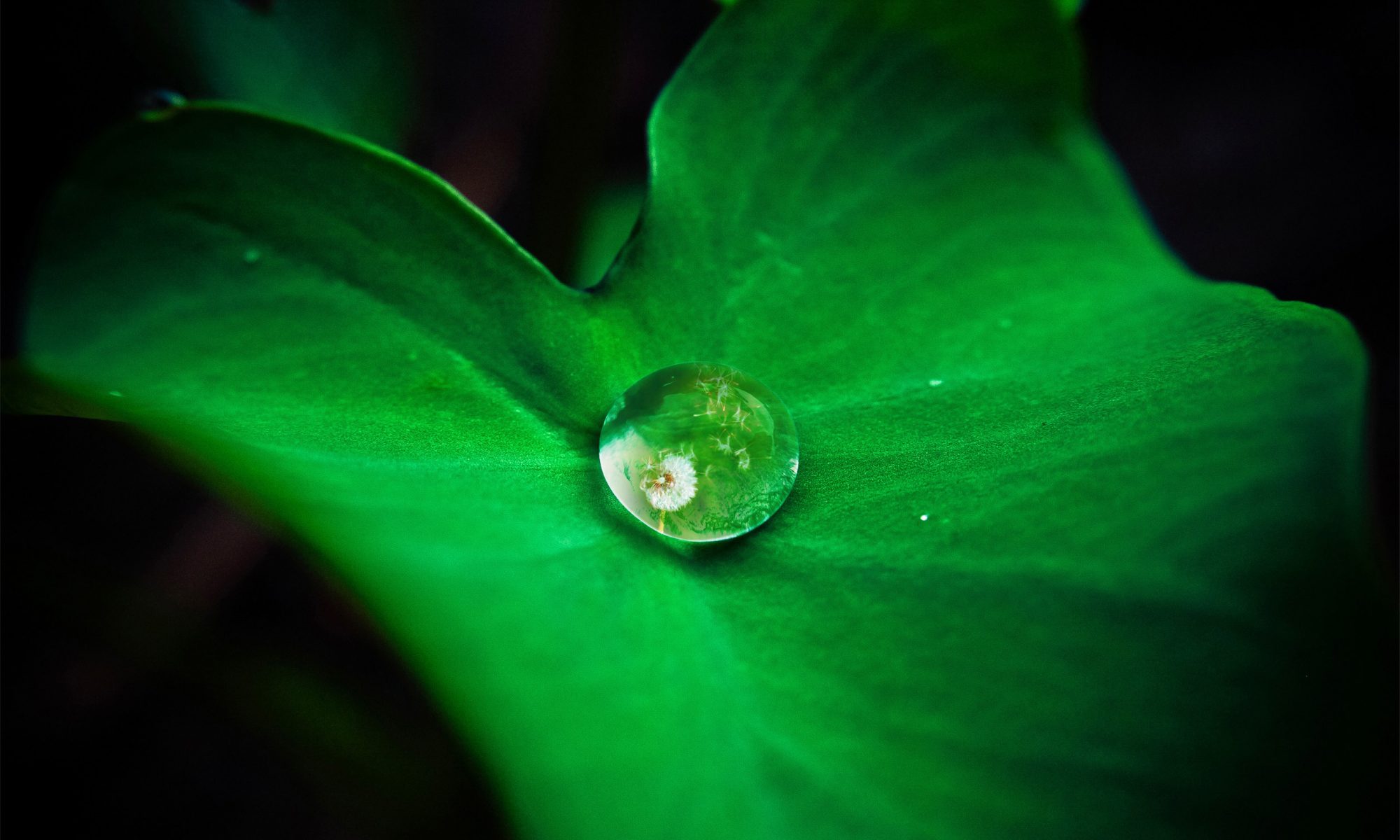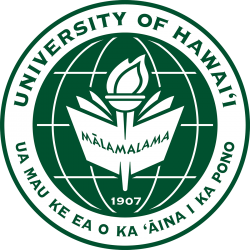Jonatha Giddens
Jade Delevaux, Ph.D.

Land and sea, nature and culture are inseparable dualities on islands. Therefore during my PhD, I developed a novel linked land-sea decision support tool at a spatial scale relevant to Pacific Islands, which improved our understanding of the effects of climate change and local human activities (urbanization, agriculture, and fishing) on freshwater, terrestrial and marine resources. We applied it in areas with active community-based management in Hawai‘i and Fiji. Through scenario planning, it can assist decision-makers to identify where local conservation actions (forest conservation or marine closures) can foster coral reef resilience to climate change. My research showed that coral reef conservation cannot be effective without accounting for land-sea linkages and that local management can foster coral reef resilience to climate change. Another critical lesson from this research and development process was the need for collaborative research among resource managers, community members, and scientists to develop applied research, leverage multiple knowledge systems, and identify practical solutions to our environmental issues.
Ashley McGuigan
 PhD Candidate, UH Mānoa Botany
PhD Candidate, UH Mānoa Botany
My research interests revolve around the links between agroforests, human health, and social-ecological resilience in Fiji. I study the relationships between agroforest plant diversity, ecological functional diversity, and nutritional functional diversity and dietary intake. I also seek to identify some of the socioeconomic, cultural, and ecological drivers of a) native species conservation b) drinking water quality, and c) maintenance of indigenous and local knowledge and associated culturally important products. I use participatory research methods to understand what influences how people value food and other agroforest plant products. My goal is to use this information to help improve environmental and human health and provide policy makers critical information needed to make informed decisions on food security, and biodiversity and cultural conservation for the future of Fiji.
Rachel Dacks
 Coastal communities in the Pacific are often characterized by a history of disturbance, yet there is evidence that the use of knowledge, practice, belief systems, evolved over millennia, have allowed Pacific Island communities to become resilient in overcoming natural disasters.
Coastal communities in the Pacific are often characterized by a history of disturbance, yet there is evidence that the use of knowledge, practice, belief systems, evolved over millennia, have allowed Pacific Island communities to become resilient in overcoming natural disasters.
My research aims to understand how social-ecological resilience varies in coastal communities in Fiji across gradients of environmental, social, and economic conditions by addressing the following overarching questions: 1) What are drivers that link human communities to the coral reefs on which they depend, how are drivers linked, and how are drivers affected by external factors, including markets?, 2) What is the role of traditional ecological knowledge in enhancing resilience and adaptive capacity, 3) How do fishing practices (e.g., gear types and target species) vary across a gradient of market integration and what are the implications for coral reef ecological resilience?, and 4) How do intra-village sharing networks of fish and other natural resources vary across a gradient of market integration. To address these questions, I work in coastal villages across Fiji, using a mixed method approach. A range of qualitative and quantitative methods are being used for analysis, including structural equation models and social network analysis.
Katie Leimoni Kamelamela
 PhD Candidate, UH Mānoa Botany
PhD Candidate, UH Mānoa Botany
Katie Leimomi Kamelamela holds a BA & MA in Botany, as well as a BA in Hawaiian Studies, from the University of Hawai’i at Manoa. Her research is concerned with the collection of Non-Timber Forest Products throughout Hawaii in order to support the formation of Community Based Sustainable Forestry Areas. Her dissertation focuses on historical and contemporary plant gathering practices in the Hawaiian Islands with case study highlights of imu (underground ovens) lifestyle ways, a preliminary assessment of economic and cultural value of plants gathered in State managed Forest Reserves with understandings of online and physical market values for native and other gathered plant resources from our forests. Other projects include contributions to the Kapapala Koa Canoe Forest Cultural working group as well as supporting the Hui Malama Ola Na Iwi Native Hawaiian Healing project as a consortium member on Hawaii Island.
Cheryl Scarton
UH Mānoa Natural Resource and Environmental Management
My research looks for social-ecological relationships that have occurred in the history of a place. Time series data from historical qualitative and quantitative sources are being compared for relationships through time. Wetland property values are a focal resource in addition to cultural practices captured through kūpuna (elder) interview. Government representatives, social-ecological researchers and community members will be surveyed to understand how this information can help synergize goals. Extension of this research includes testing and comparing this methodology for other places
William ‘Matt’ Cavert
 PhD Candidate, UH Mānoa History
PhD Candidate, UH Mānoa History
My research examines processes of environmental change under the French colonial state from 1842 to 1931. My interest spans the intersection of peoples, practices, discourses, and environments across New Caledonia, French Polynesia, and the New Hebrides (now Vanuatu). In this setting, competing interests and claims over nature in the Pacific drove and continue to drive environmental changes through the contested necessity of exploiting, conserving, or improving the environment by various means: the introduction of new plants, animals, land use patterns, resource regulations, or commercial practices. More…
Puaʻala Pascua
 UH Mānoa Natural Resource and Environmental Management
UH Mānoa Natural Resource and Environmental Management
Place-based and Indigenous Perspectives on Cultural Ecosystem Services
My research examines cultural ecosystem services (CES) – the non-material benefits realized through human-environmental interactions- as a means to make important socio-cultural considerations more visible in natural resource management and land-use planning, particularly in place-based and indigenous communities. Our research team developed an interdisciplinary and mixed-methods approach to: 1) outline a process for appropriately eliciting place-based and indigenous CES; 2) highlight important CES in Hawaiʻi as perceived by those with strong cultural connections to place; and 3) demonstrate how those place-based CES compare/contrast with commonly recognized CES. Our results highlight CES from a Hawaiian place-based/indigenous point of view and include services related to cultural practices, ancestral landscapes, and environmental kinship. But equally important is the process we present, which we hope will empower other researchers to accurately and appropriately identify place-based CES in their own ecosystem service assessments.
Ron Vave
 PhD Candidate, UH Mānoa Marine Biology
PhD Candidate, UH Mānoa Marine Biology
Local communities in Fiji have established more than 400 Marine Protected Areas (MPAs) around the country in the past 20 years. The purpose is largely for food security. What is rarely mentioned and elaborated on in literature is that MPAs have been established culturally for 100 nights in some parts of the country, following the burial and funeral of a loved one. These MPAs are harvested after 100 nights for a feast in memory of the deceased. Those who have witnessed such practices recall large and diverse catches. The overarching question that my research seeks to answer is “How have the cultural practice of indigenous Fijian funerals changed and how does this affect social and ecological resilience?”

